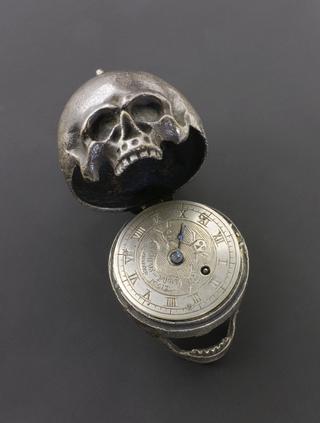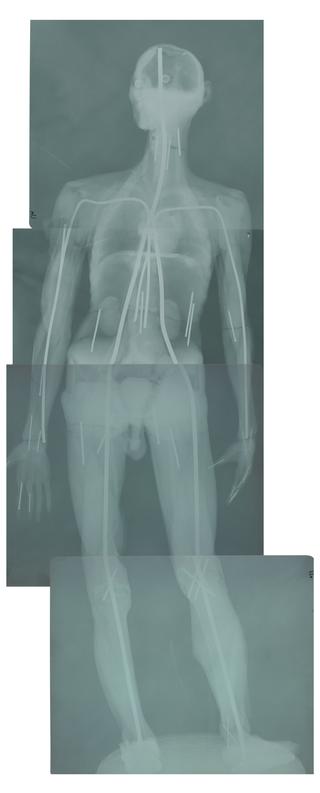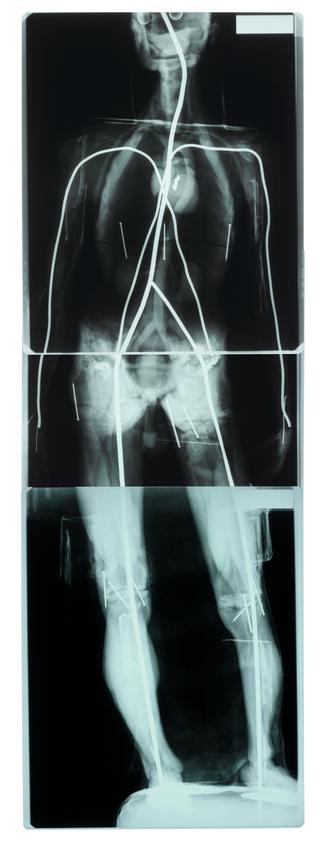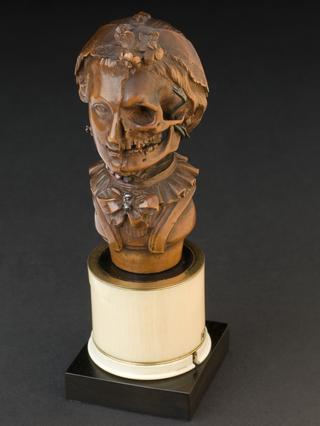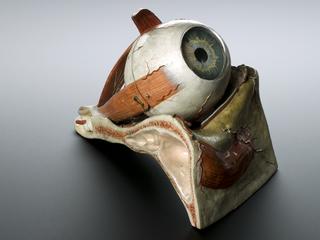






Ivory anatomical figure, a pregnant female, with some removable internal organs, lying on ebony stand
Female ivory anatomical models of this type were popular in the 1600s and 1700s, and were almost always shown as pregnant. When the torso is removed, representations of the organs such as the heart, lungs, intestines and kidneys can be seen. A protective hand lies over the pregnant woman’s child.
These figures normally came in male and female pairs. The anatomical features of the organs are not very detailed so it is unlikely that the model was made for medical teaching. The figure was possibly used to teach young couples about anatomy and pregnancy or it may have been a collector’s item.
Details
- Category:
- Anatomy & Pathology
- Collection:
- Sir Henry Wellcome's Museum Collection
- Object Number:
- A642638
- Materials:
- figure, ivory, stand, ebony and stand, ivory
- Measurements:
-
overall: 23 mm x 145 mm x 48 mm,
- type:
- anatomical figure
